The dacha through the eyes of Russian artists (PICS)
Lev Lagorio. Dacha. 1892
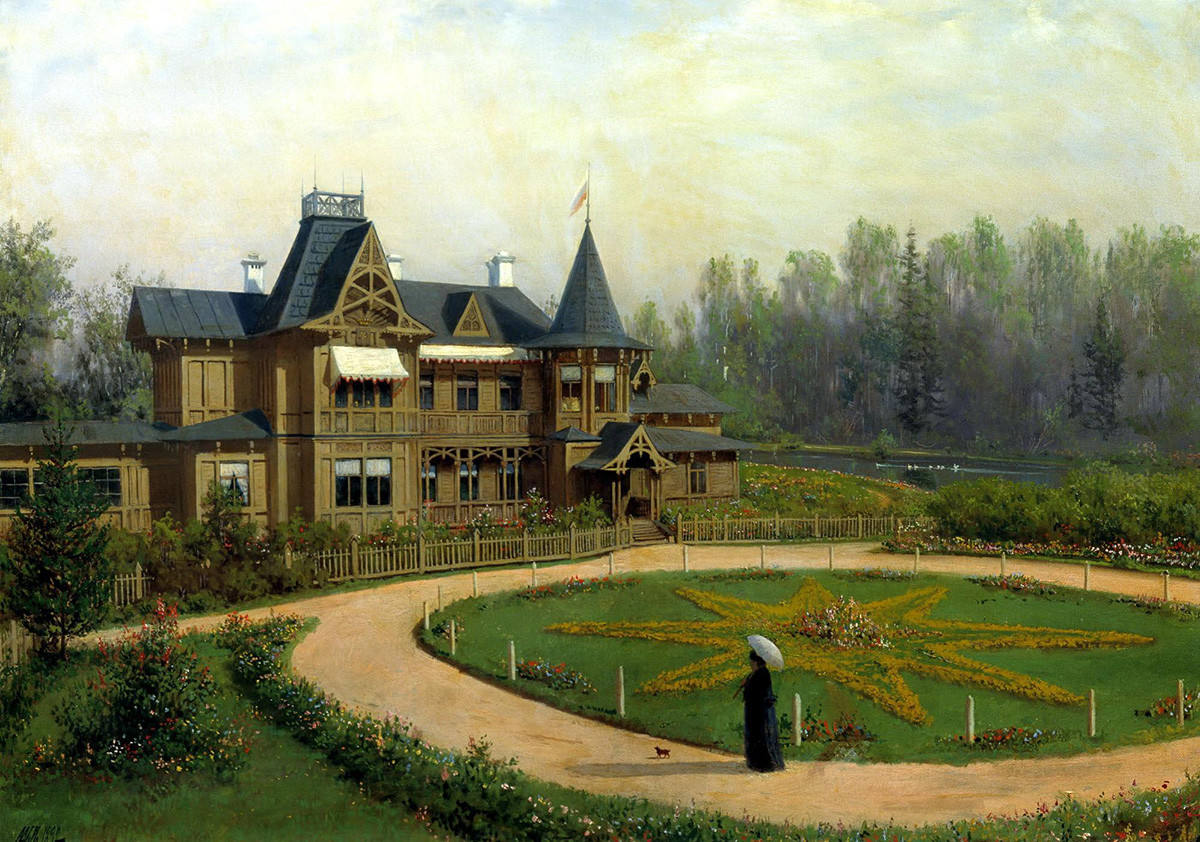
Dachas, or Russian country houses, appeared first in the hands of landowning nobility in the mid-18th century. They were visited predominantly in the summer and usually had no heating.
Vladimir Makovsky. Arrival at the Dacha. 1899

Getting ready and making arrangements before spending your entire summer living away from the city could easily be compared to a natural disaster: People had to turn one house into another, as well as carry out any maintenance and make sure the house was spotless after winter.
Konstantin Korovin. At the Tea Table. 1888

A relaxed tea time with a samovar under an open sky was many Russians’ favorite pastime up until the middle of the last century. People would spend entire days sitting at the dacha table. The nicest kitchenware was always brought out for such occasions.
Nikolai Bykovsky. Dacha. Girl peeling Berries. 1880

There’s always so much to do at the dacha that, paradoxically, you don’t actually get any time to rest! The most rewarding of the chores, according to many Russians, is collecting forest berries and making fruit preserve for the winter ahead.
Isaak Levitan. Dacha at Dusk. 1890s

Levitan was a master of the melancholic Russian landscape. Here he shows a different kind of dacha - a secluded little house amidst the trees, with a soft light in the window. If you listen closely, you might even hear the buzzing of the mosquitoes.
Ilya Repin. At the Academic Dacha. 1898
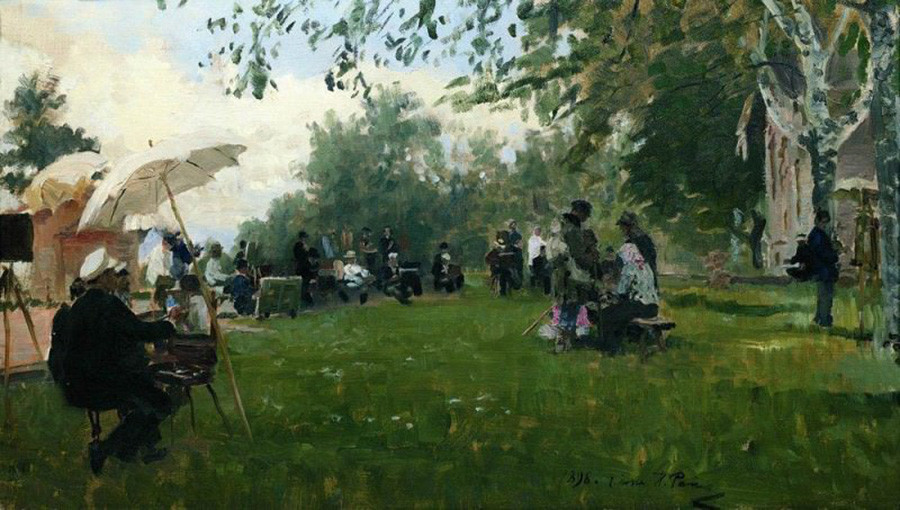
The Academy of Fine Art in St. Petersburg had its own dacha. Students and seasoned masters would visit here to spend time working in fresh air.
Boris Kustodiev. On the Terrace. 1906

Kustodiev often painted scenes of merchant life. Samovar tea time was among his favorite themes.
Aleksandr Kiselev. Crimean Dacha. 1906
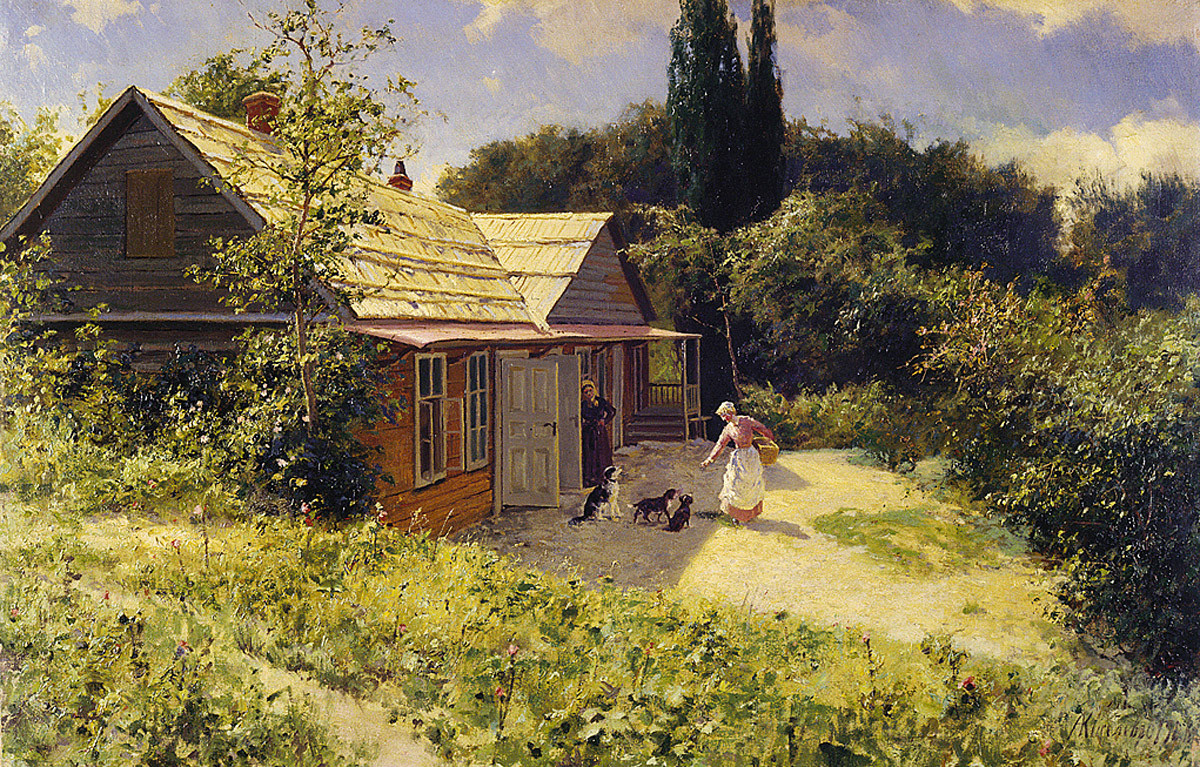
A seaside dacha was a particular luxury. Many famed writers and artists had one, while tsars owned entire compounds. Pristine air, pine trees, sun and saltwater have always had a healing effect.
Vladimir Makovsky. Puppet Shows at the Dacha. 1908
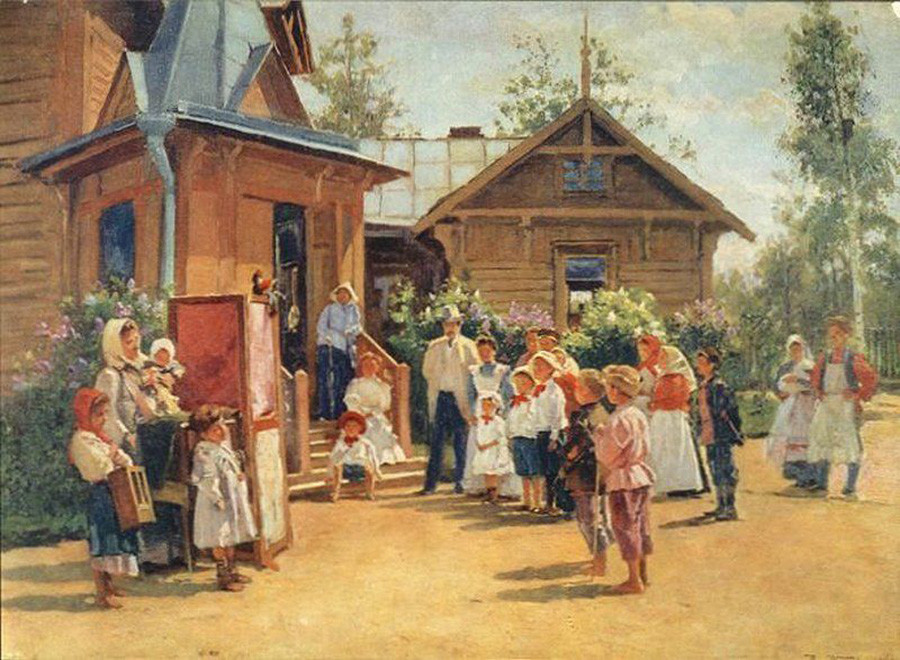
Group fun for the little ones was always an inalienable part of dacha life and good neighborly relations.
Marc Chagall. Dacha Window. 1915
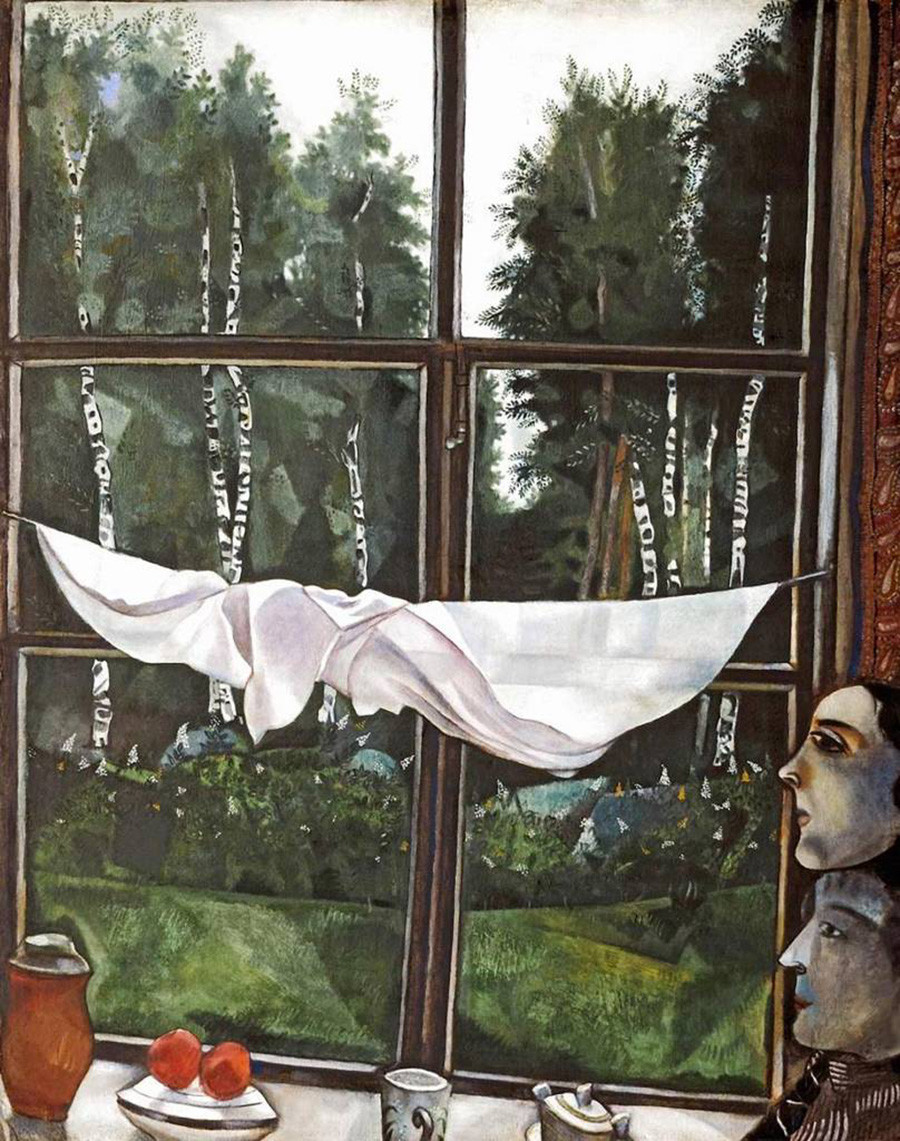
Wooden windows, a curtain, birch trees - such is the typical Russian dacha. The two lovers floating over the city on Shagal’s paintings have evidently decided to take a short summer break.
Vitold Byalnitsky. Dacha Garden, 1910s
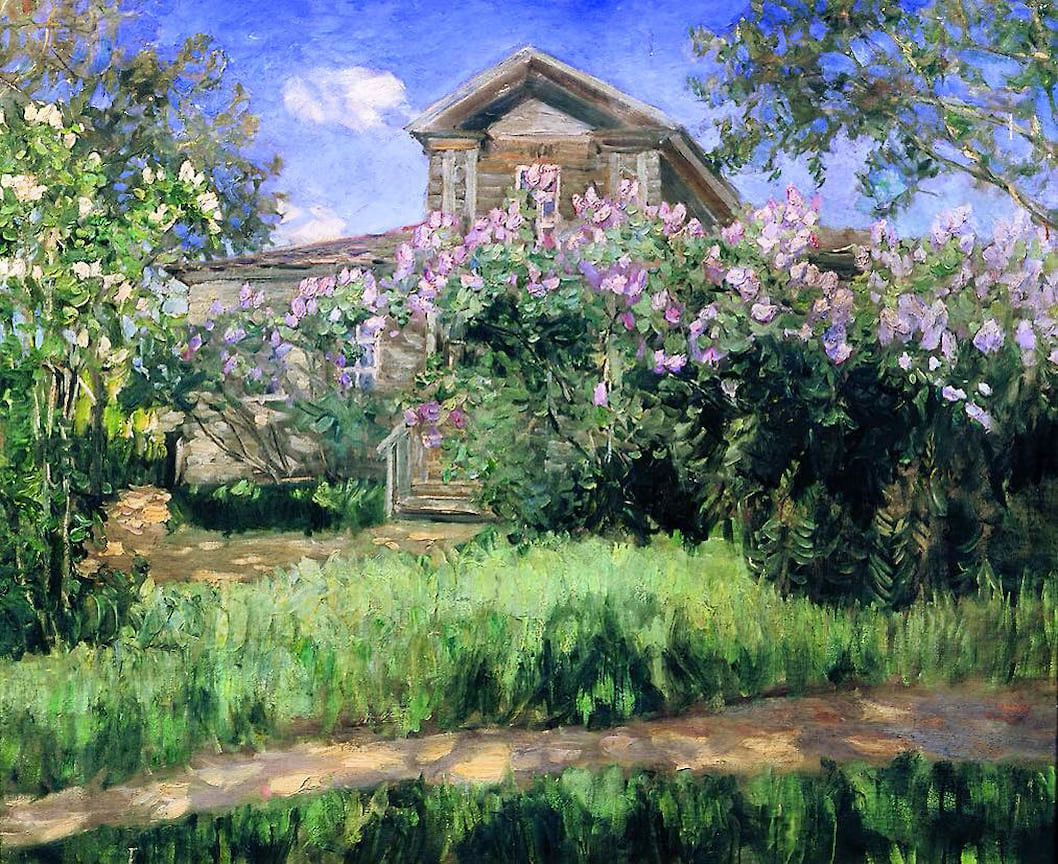
Proper dachas have always had a cabbage patch and a fruit tree garden, complete with lilac and other flowers. Maintaining such things was always difficult, but the results are always such a rewarding sight!
Isaak Brodsky. Fallen Leaves. 1929
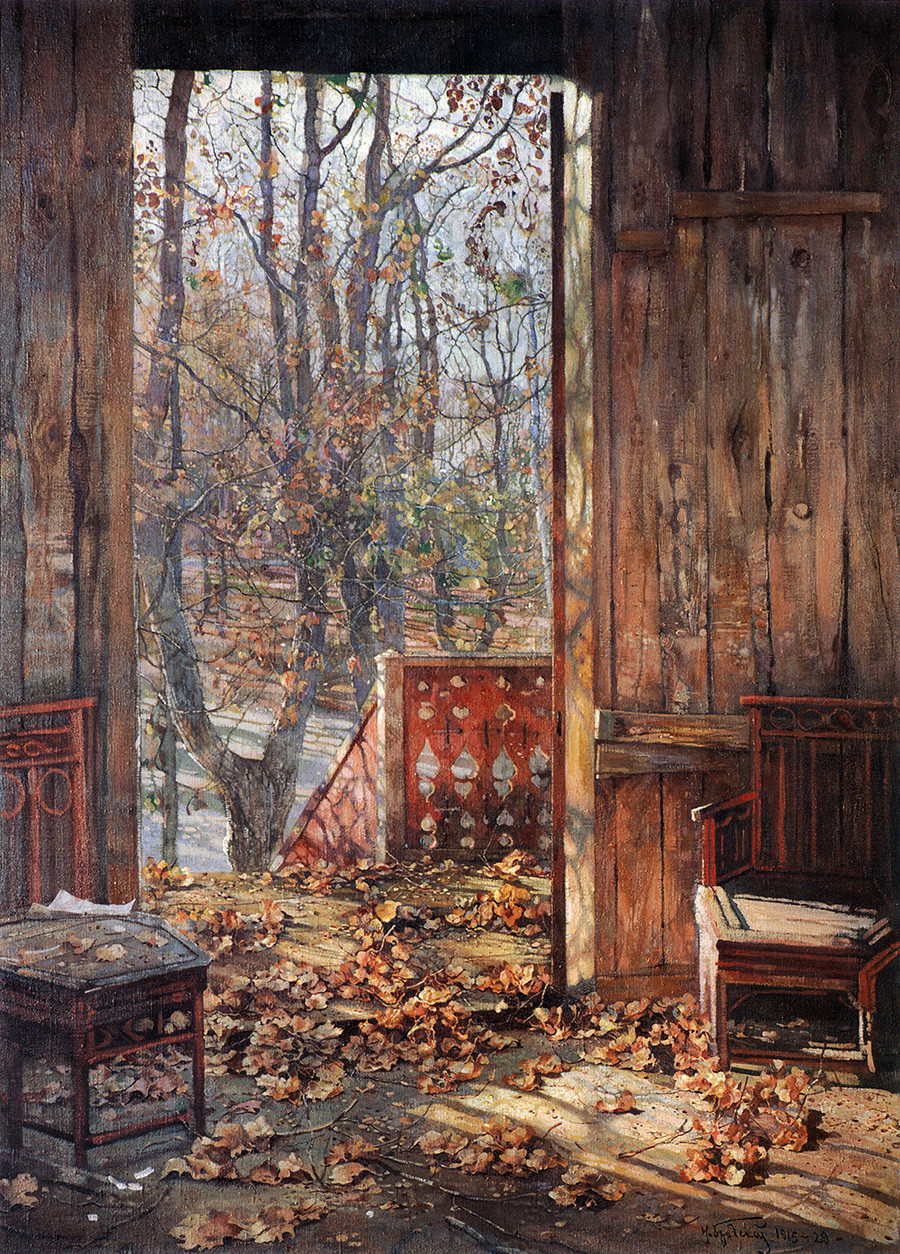
The dacha season typically ends with summer’s departure. Many used to live there in the fall as well, until the cold really set in. They were rewarded with the dashing vibrancy of seasonal colors and falling leaves.
Sergey Vinogradov. At the Dacha. 1932

Even after the Revolution, the culture of the dacha never lost its appeal. Country plots were available to soldiers, statesmen and scientists (and later even given out to workers for free).
Fedor Reshetnikov. At the Dacha 1949
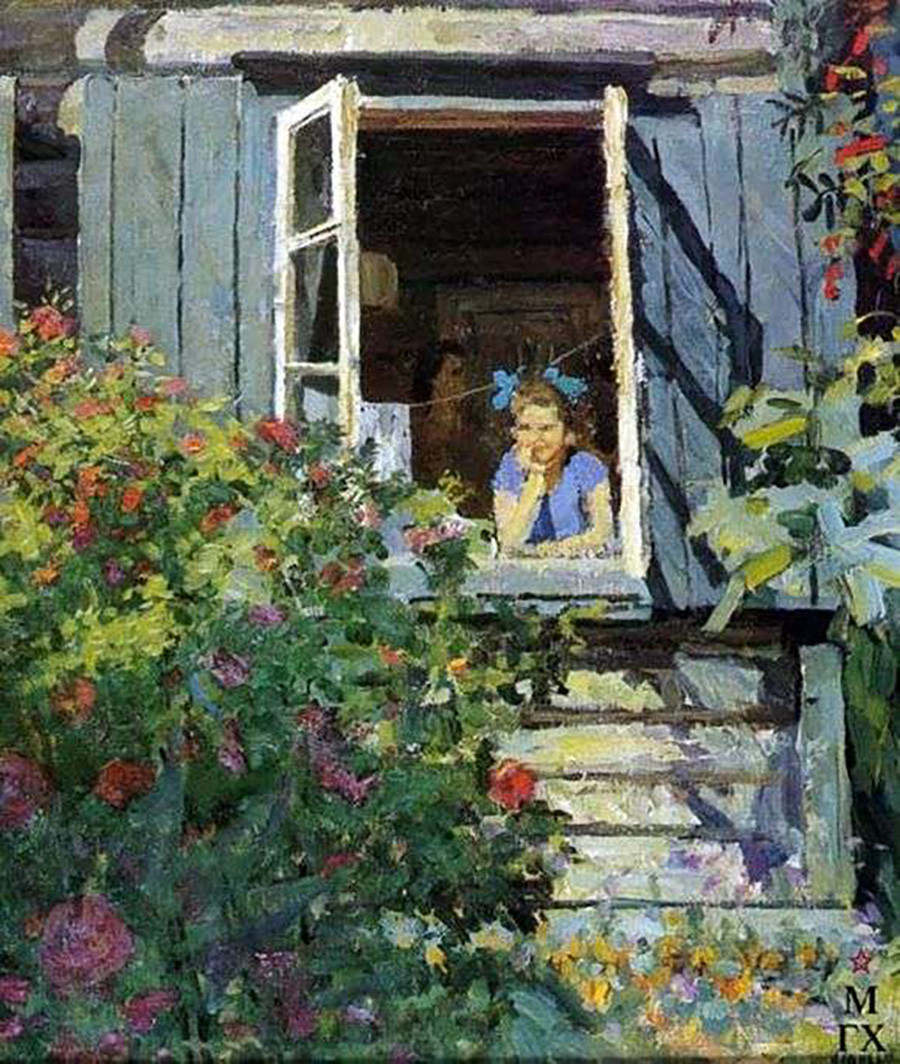
The artist masterfully portrayed the life of Soviet children (other famous works include ‘Low Marks Again’ and ‘Arriving for Vacation’). Here, he perfectly illustrates the fun that children have at their dachas during summer vacation.
Maria Pavlova. At the Dacha. 2013
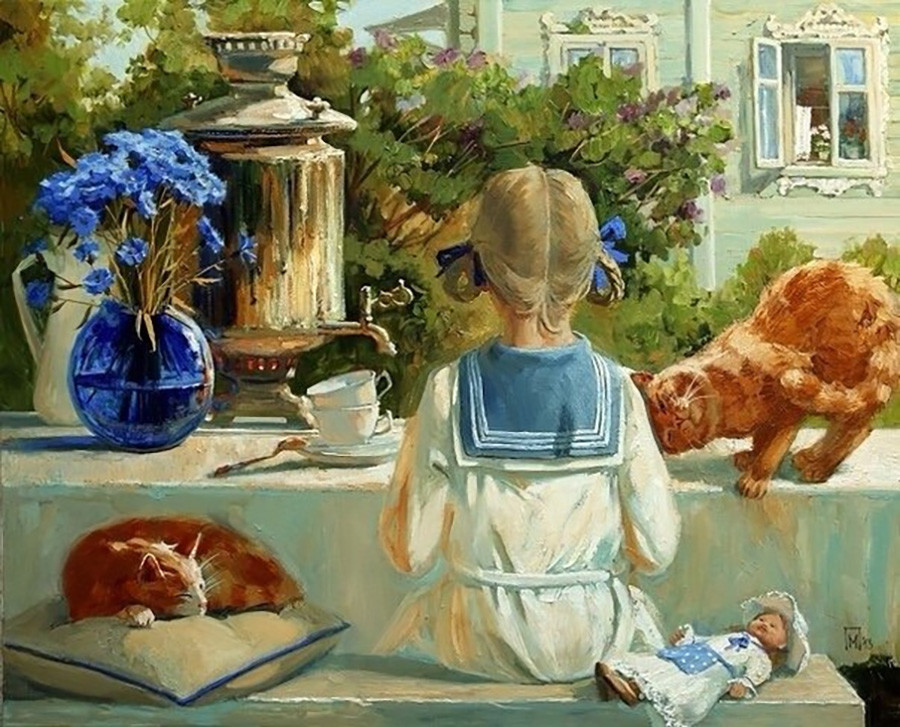
Summer, children, tea and lazy cats - the dacha continues to be an island of bliss even today.
If using any of Russia Beyond's content, partly or in full, always provide an active hyperlink to the original material.
Subscribe
to our newsletter!
Get the week's best stories straight to your inbox